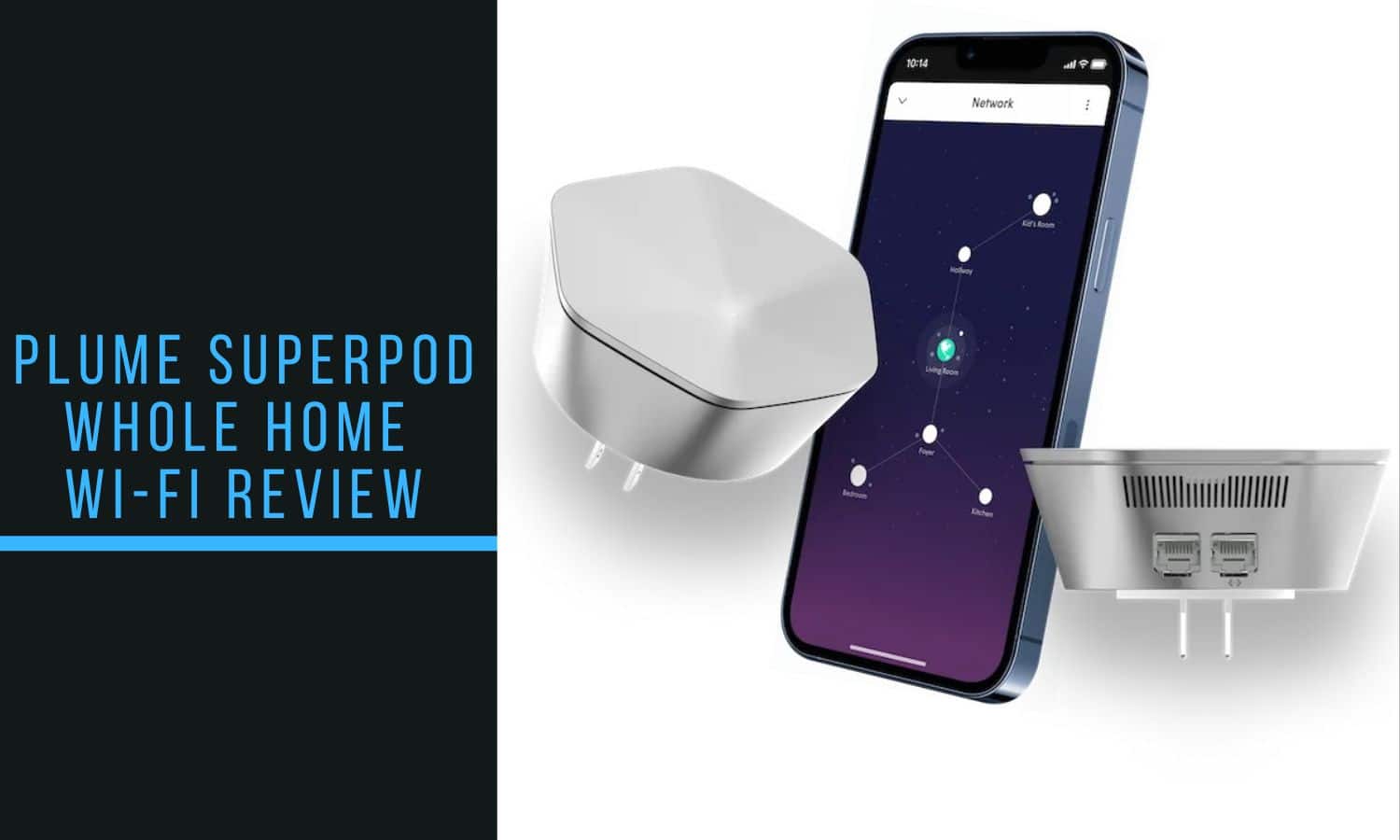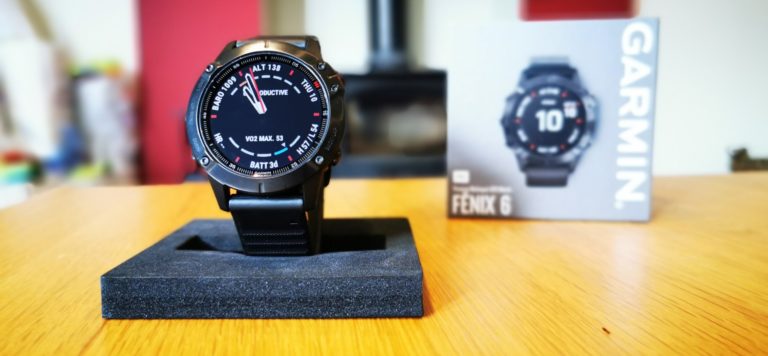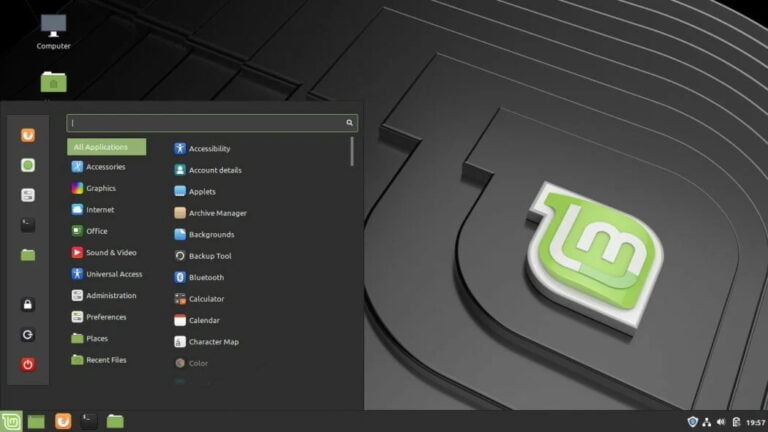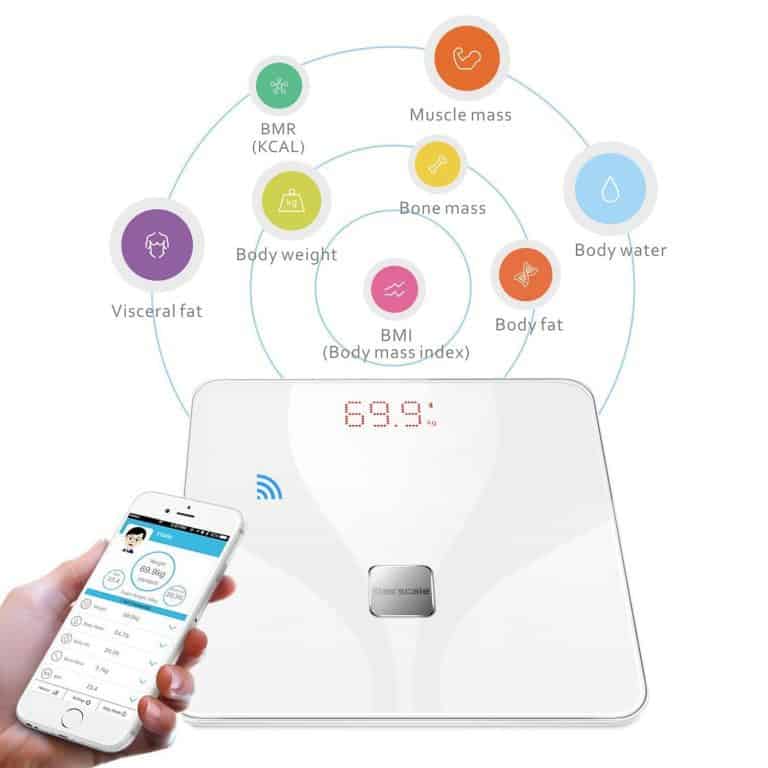Any links to online stores should be assumed to be affiliates. The company or PR agency provides all or most review samples. They have no control over my content, and I provide my honest opinion.
Plume is a Wi-Fi networking brand I have somehow overlooked in the past. Unlike Netgear, TP-Link and many others, they work on a subscription basis that provides increased functionality over many competing products.
If you buy directly from Plume, you will need to pay for the devices and the subscription. If you buy via the Virgin Media link, you avoid the up-front cost of the first two Wi-Fi 5 SuperPods.
Specification
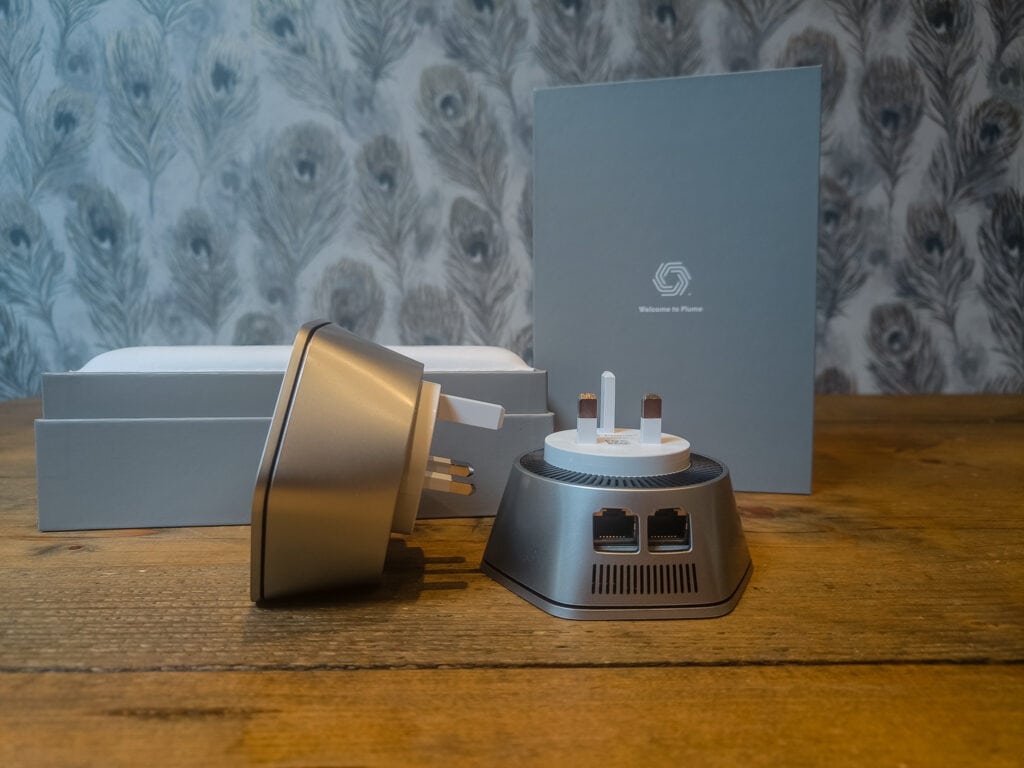
- Wi-Fi Interfaces
- Triple band, simultaneously operating 2.4GHz and 5GHz 2×2 MIMO and 5GHz 4×4 MU-MIMO 802.11b/g/n/ac radios
- Operating bandwidths of 20/40MHz for 2.4GHz radio and 20/40/80MHz for 5GHz radios
- AC3000 Gigabit WiFi (400 + 867 + 1734 Mbps)
- Security
- WPA2-PSK (AES)
- SPI Firewall,
- VPN passthrough
- Wireless Networks
- Single SSID covering all 2.4GHz and 5GHz bands with custom guest access through Plume Access.
- Modes of Operation
- Router mode with NAT, IPv4 DHCP server and firewall or Bridge operation
- IPv6 propagation when operating in Bridge mode
- Power Consumption is based on operating use
- 4.5W Standby
- 10W Average
- 15W Maximum
- Ethernet Ports
- Two 100Mb/1Gb Ethernet ports operating as WAN or LAN
- Auto-detection of WAN or LAN functionality
- Processor: ARM a7 quad core, 717 MHz
- RAM Memory: 512 MB
Virgin Media vs Plume HomePass Direct Pricing
It appears that Virgin Media are selling the Wi-Fi 5 version of the SuperPod. This is what I have received and reviewed.
This costs £8 per month; you get two SuperPods for free, and then each additional one will cost you £90.
You can buy directly from Plume, but it works out to be a lot more expensive.
If you were to get two SuperPods and take out a three-year subscription, paying all up front, it would cost £447.
For Virgin Media, it would cost you £288. Virgin Media even charge you less per SuperPod, £90 vs £95, and the subscription is £0.25 less, too!
Plume SuperPod via Virgin Media vs SuperPod with WiFi 6 (SuperPod AX)
Unfortunately, Virgin Media only sell the Wi-Fi 5 model. Plume has launched a new Wi-Fi 6 model, the specification is quite good, but it is hard to recommend it over the Virgin Media offer.
The SuperPod AX retains the tri-band design with a 2×2 and 4×4 5Ghz configuration, but the 4×4 band can do 160Mhz. Ethernet is limited to gigabit, but you should be able to saturate this quite easily using 5Ghz Wi-Fi 6 at 160Mhz.
However, each SuperPod with Wi-Fi 6 costs £159 and a two SuperPod system over three years would set you back £567, almost double the cost of the Virgin Media deal.
In comparison to the normal SuperPod and due to the gigabit limitation, you will potentially see throughput speeds increase from around 620Mbps to around 920Mbps, which is a 48% increase for double the money. If you have a gigabit Internet connection, it might be worth it, but I doubt many homes would make the most of it.
HomePass Subscription
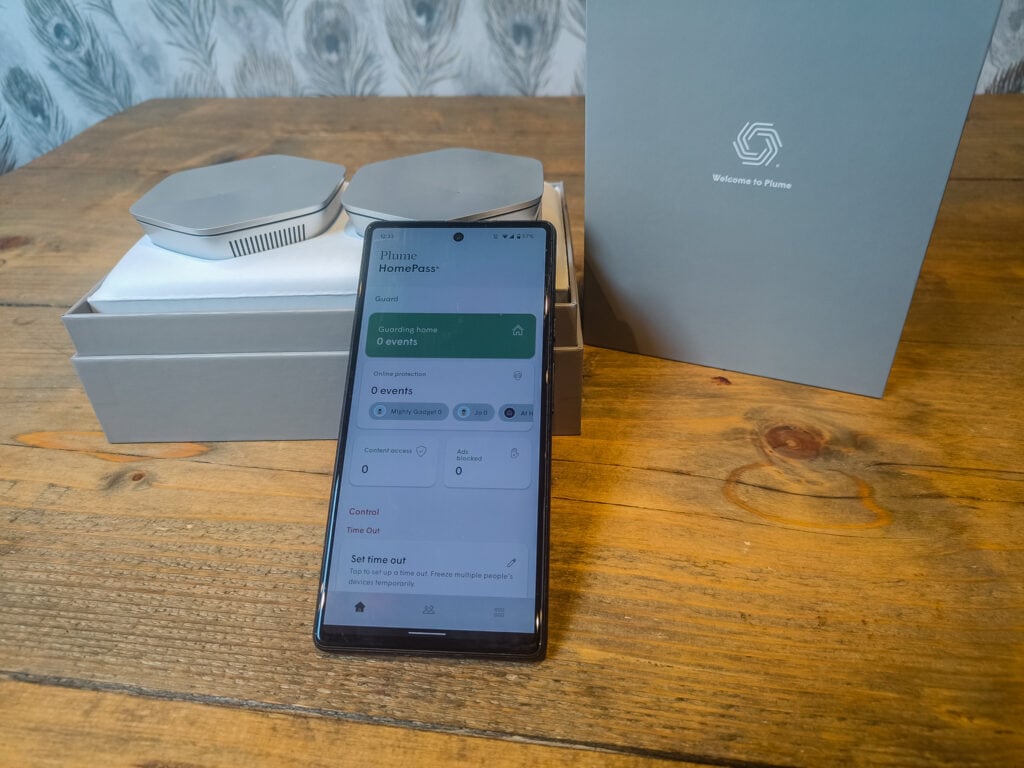
Even if you physically pay for the SuperPods, you still have to pay a monthly or annual fee. Regardless of which SuperPod you get or how many you run, this fee is £8.25 when taken out from Plume directly or £8 pcm when via Virgin Media.
The justification for this fee is that you get:
- The only self-optimising and learning adaptive home Wi-Fi system on the market
- Parental controls with age-appropriate content filters and website blocks
- Guest management with passwords that expire and device-specific access
- Real-time online protection from the seven most common types of malicious threats
- Advanced IoT protection with anomaly detection and device quarantine in case of a breach
- Gain a holistic view of connected devices for easy management
- Built-in ad-blocking
- Home motion detection through devices already connected to your Wi-Fi
- Internet speed checks to make sure you’re getting what you pay for
I have a dislike of subscription-based services, especially compulsory ones like this. However, in defence of this service, competing solutions such as Netgear Armor and TP-Link Shield provide similar security features and also cost monthly. Netgear Armor actually costs more.
Set-Up
Set up is, or at least should be, easy. I had a couple of teething problems.
It is the usual process, sign up to the app, plug the SuperPods in, reboot the modem, and search for the SuperPods.
The primary SuperPod was found immediately, but it wouldn’t find the two other devices. Eventually, I had to plug in all SuperPods in the same room before they would be found. I was then able to locate them in the correct rooms.
With the SuperPods added, you will be asked some basic set-up questions, including setting up your Wi-Fi name (SSID) and password.
Unfortunately, while the HomePass app is generally good and has a lot of settings you can tweak, it does not allow any control over the Wi-Fi apart from SSID and passwords.
The logic here is that Plume is the “only self-optimising and learning adaptive home Wi-Fi system on the market” and therefore, they do everything for you.
You can’t separate off 2.4Ghz, which from my experience, can cause problems with IoT devices that can only use 2.4Ghz.
App Features
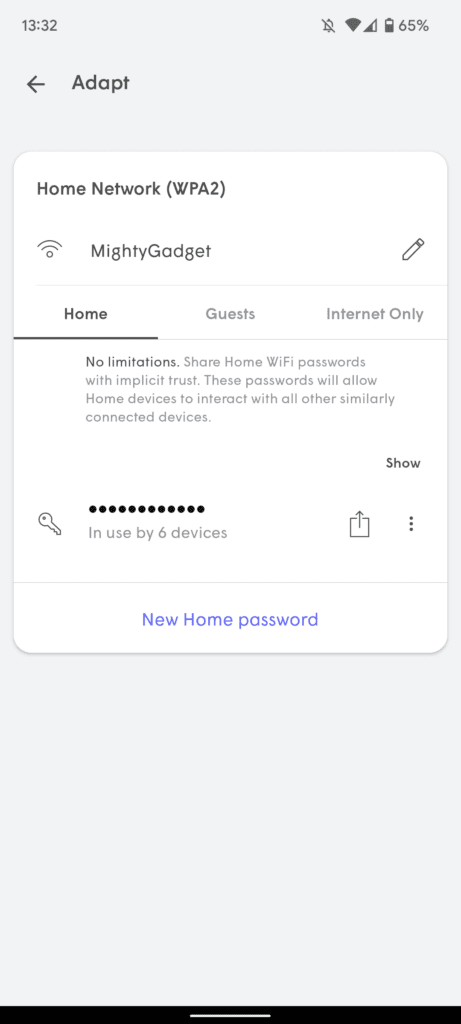


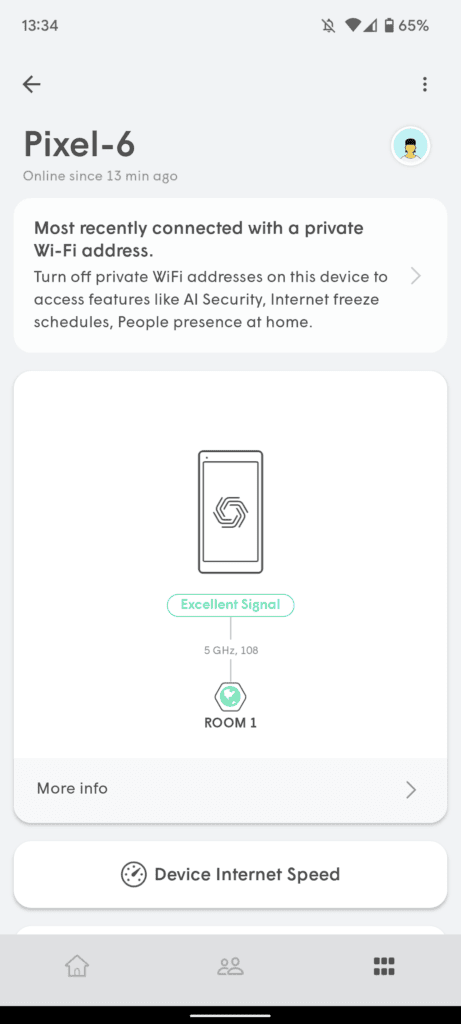
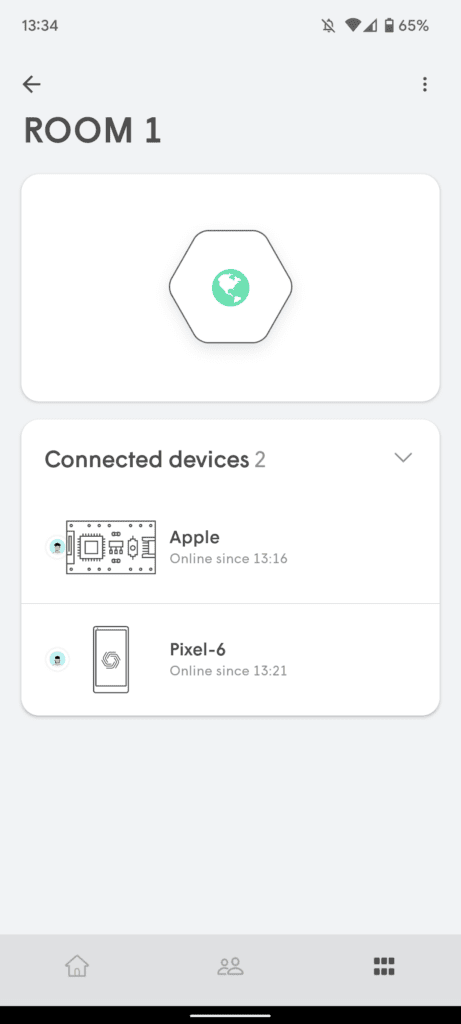
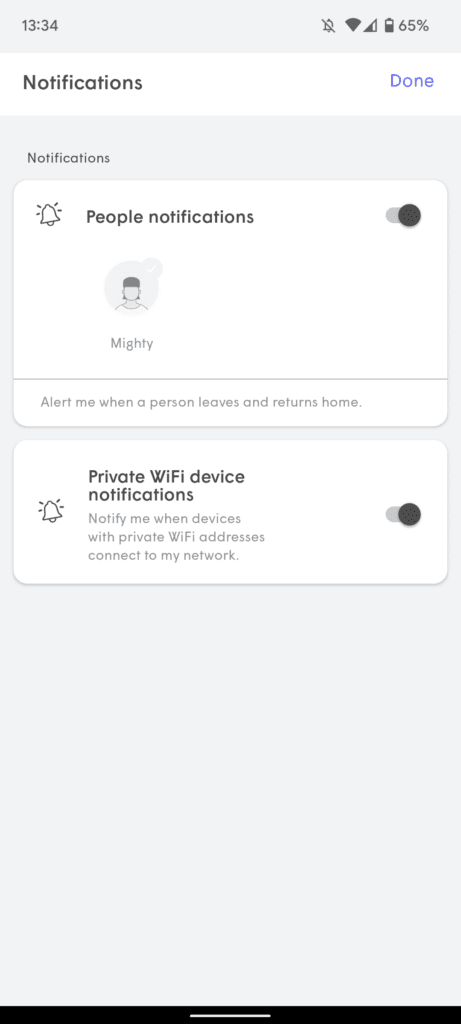
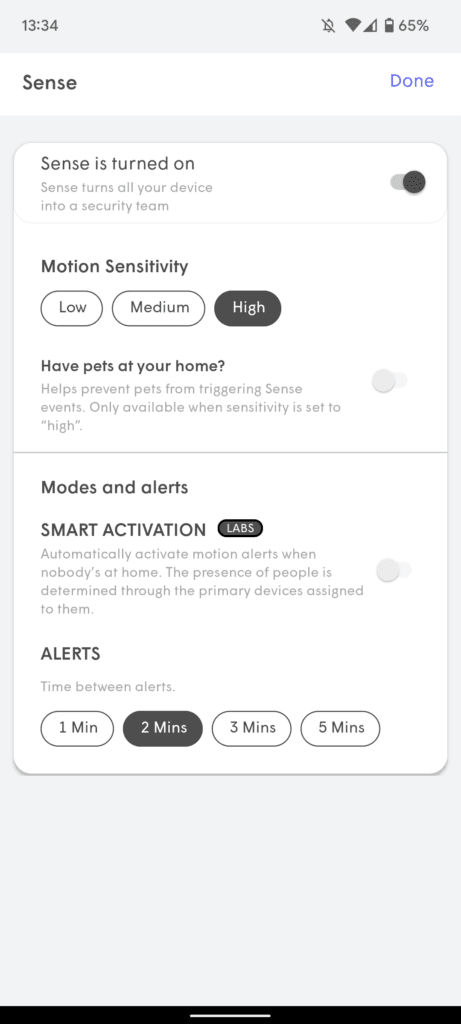
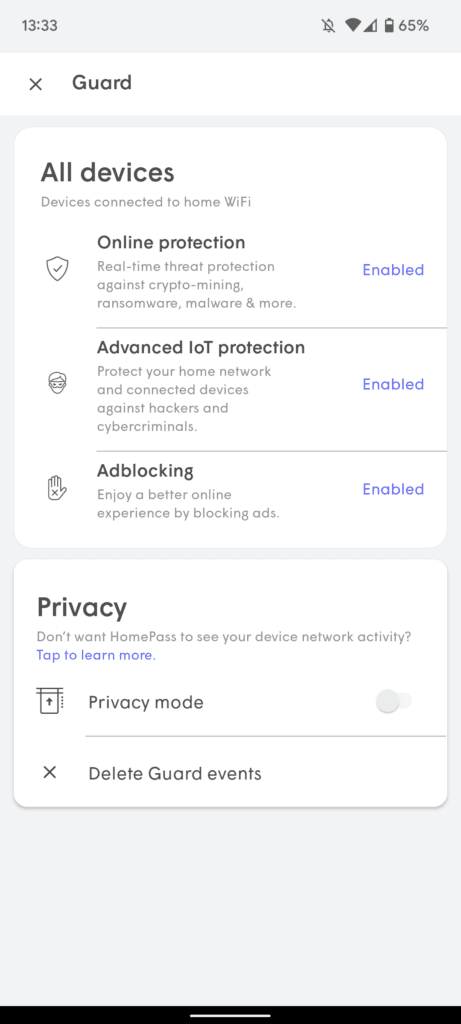
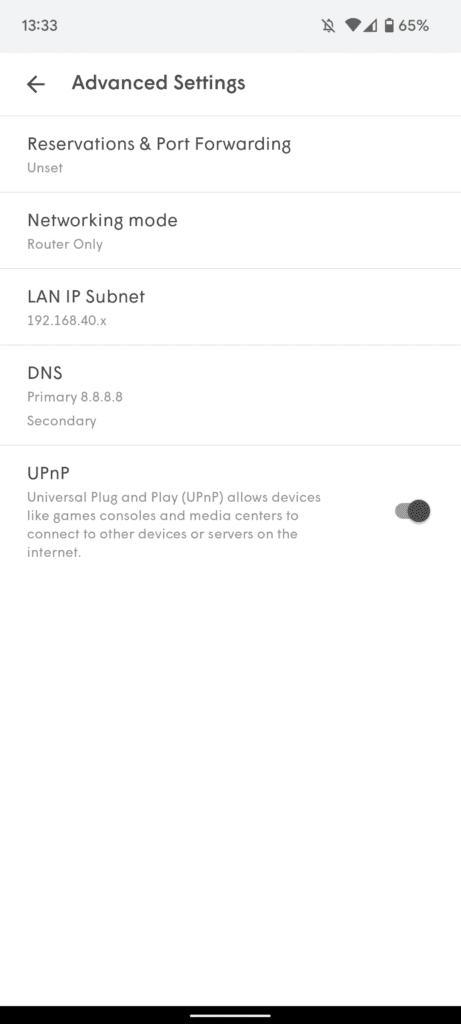
There are a lot of features you won’t find in your generic mesh router, and this is the justification for the subscription.
The reason why you can’t control Wi-Fi is that this will adapt the network for you. The only thing you can do is assign a guest password and an Internet-only password. This does simplify things, and I quite like the Internet-only password, allowing you to prevent devices or people from accessing LAN devices.
The app will provide feedback on the signal strength. My 3rd SuperPod started off with a fair signal, but this improved to excellent over time, and I assume this was part of the optimisation process. This did actually seem to improve things, so Plume needs some credit here.
While there are limited Wi-Fi controls, there are some good device features which helps you manage the network. You can view each device, which SuperPod it is connected to, what password they are using, all the events connected to that device, and you can also assign a user to that device.
You then have a sort of home security feature where Plume can monitor motion within the house, and you can assign devices to people within the home. It feels like a bit of a weird feature, but we are a home of two, and it is not of much use to us. If you have kids and want to keep track of their comings and goings, it could be handy.
Security and Ad-Blocking
Plume also has built-in security and ad blocking features, these are on competing products, but they also incur monthly fees. So it is worth factoring that in if you want this sort of feature and are considering Plume vs other brands.
With devices assigned to users within the home, you can customise which devices get online protection and adblocking.
This includes parental controls that can limit content access and the ability to set up schedules allowing a device to connect to the Internet.
Ad blocking is an important feature that you won’t see on a lot of routers. Services like NextDNS or self-hosting Pi-Hole can do this for you, but they require setting up. While Pi-Hole was easy for me to set up, I don’t think any of my family would be competent enough to do it (or at least be willing to put the effort in to set it up).
Unfortunately, I wasn’t able to test these functions properly. They were all enabled, but no events were logged, nor were any ads blocked. Threads on Reddit indicate this is probably a DNS issue, but there are a lot of mixed responses. I have a custom DNS set up, which already blocks ads. When setting a custom DNS in Plume with Google DNS (8.8.8.8), it continues not to work.
Users indicate that it does work quite well, but it is not as aggressive or customisable as dedicated options.
Wi-Fi Performance
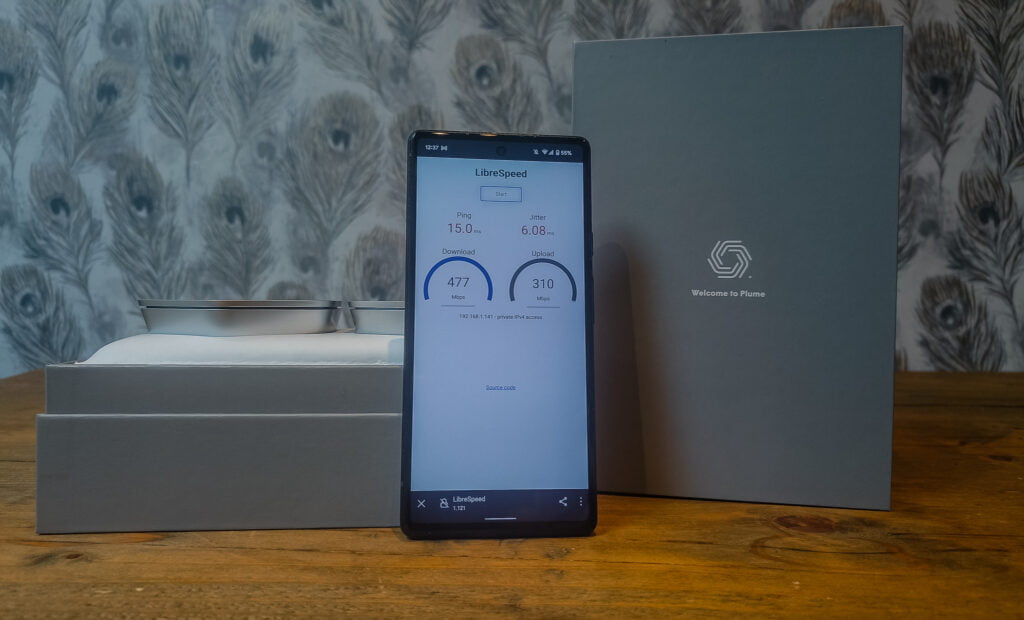
I had some mixed results with Wi-Fi at first. The satellites had poor performance, but it does look like the self-optimisation works.
You can also improve performance by using a wired backhaul rather than relying on the 5Ghz network. Effectively making them like access points.
Wi-Fi 5 – 5 GHz
With 5GHz and connecting to the main SuperPod at close range, I am able to achieve a throughput of 636 Mbps using iPerf connecting between my main PC and my Unraid server and file transfers of around 77MB/s.
Wi-Fi 5 – 2.4 GHz
Due to the way Plume works, I had to tweak my Windows Wi-Fi settings to prefer 2.4 GHz. Even then, the first time I tested this, Windows disconnected Wi-Fi and then connected back at 5Ghz. Eventually, I got it to stick, but I can’t be 100% if the result is reliable.
The result wasn’t great either, with a throughput of 100Mbps. I only use 2.4 GHz for IoT, so this is not a major problem for me.
Satellite Performance
During the first day with Plume set up, I had poor results with the satellites. Presumably, due to self-optimisation, this improved over time.
At first, I had a throughput of around 300Mbps from the satellite in my kitchen, but the following day this improved to 538Mbps.
Range
With me struggling to get the satellite SuperPods to connect at first and the initial poor Wi-Fi speeds, I immediately assumed the range was dreadful. However, as with the other performance aspects, this improved over time. Range turned out to be quite good, bordering on excellent. Certainly impressive, considering how small these devices are.
The main SuperPod is located in my office, which is upstairs and central to my home. With all the other SuperPods switched off, I can get good Internet speeds throughout my entire house, which is a 4-bed brick built semi-detached.
I can still get decent Wi-Fi speeds at the entrance to my garage/gym, which is another 5+m across my garden,
Price and Alternative Options
The Virgin Media deal is £8 per month, including two SuperPods, and this would cost you £288 over three years. I think most people keep their routers/mesh systems for a lot longer than three years.
I have already established that the Wi-Fi 6 SuperPod AX is probably poor value for money in comparison and even worse when compared to other brands.
Most brands are shifting away from Wi-Fi 5 systems, but there are still plenty of good tri-band Wi-Fi 5 mesh systems on the market. Alternatively, there are some excellent affordable dual-band Wi-Fi 6 systems, and even tri-band Wi-Fi 6 is getting more affordable. None of the below devices requires a subscription, but some do offer a monthly security plan, such as Netgear Armor.
| Preview | Product | Rating | Price | |
|---|---|---|---|---|

| TP-Link Deco M9 Plus Whole Home Mesh Wi-Fi System, Up to... |
£199.99 | Buy on Amazon | |

| ASUS AC3000 Tri-band Whole-Home Mesh WiFi System –... |
£310.16 | Buy on Amazon | |

| NETGEAR RBK752, RBK762S New Model |
£553.80 | Buy on Amazon |
- ASUS ZenWiFi AC (CT8) – Two-pack tri-band WiFi 5 for £280
- ASUS RT-AX92U – Two-pack tri-band Wi-Fi 6 for £370
- Netgear Orbi RBK752 – Two pack tri-band Wi-Fi 6 for £320 (three pack is £439)
- TP-Link Deco M9 Plus – Three-pack tri-band Wi-Fi 5 and has a Zigbee smart home hub for £240
- Mercusys Halo 80X – A three-pack dual-band Wi-Fi 6 mesh system for just £251
- Amazon eero Pro – This is a tri-band mesh Wi-Fi 5 router system for £299 in a three pack or £119 each.
- Amazon eero Pro 6 – This is a tri-band mesh Wi-Fi 6 system and costs £389 for a two-pack
I listed the Amazon eero Pro models because I’d say this is one of the main competitors to Plume. It is popular for being user-friendly and just working well out of the box compared to other options. They also sell eero Secure, which is $2.99/mo and will provide many of the functions that Plume has.
Overall
I have mixed feelings about this system, I started off expecting to hate it, but it grew on me over time. Fundamentally, it is not aimed at users such as me, who are technically competent and want the best performance/price ratio.
For your general consumer, the Virgin Media deal is probably quite good. Paying £8pcm has a lot of appeal vs a big upfront payment, and the HomePass service does have a lot of features you won’t find on a cheap tri-band mesh Wi-Fi system.
Wi-Fi throughout is about average for a Wi-Fi 5 system, but the range appears to be good, if not excellent. The self-optimisation feature did seem to work, which should hopefully mean you can set this system up and forget about it.
If price isn’t critical and you don’t want granular control over your network but want a system that just works, then the Plume system is definitely worth considering.
Plume SuperPod Whole Home Wi-Fi Review Rating
Summary
If price isn’t critical and you don’t want granular control over your network but want a system that just works, then the Plume system is definitely worth considering.
Overall
75%-
Overall - 75%75%
Pros
- Only £8pcm for two SuperPods with no big upfront payment
- Self-optimisation appears to work well
- Good whole home performance, both with range and satellite performance
Cons
- Subscription-based model
- No way to separate 2.4Ghz
- Poor 2.4Ghz performance
I am James, a UK-based tech enthusiast and the Editor and Owner of Mighty Gadget, which I’ve proudly run since 2007. Passionate about all things technology, my expertise spans from computers and networking to mobile, wearables, and smart home devices.
As a fitness fanatic who loves running and cycling, I also have a keen interest in fitness-related technology, and I take every opportunity to cover this niche on my blog. My diverse interests allow me to bring a unique perspective to tech blogging, merging lifestyle, fitness, and the latest tech trends.
In my academic pursuits, I earned a BSc in Information Systems Design from UCLAN, before advancing my learning with a Master’s Degree in Computing. This advanced study also included Cisco CCNA accreditation, further demonstrating my commitment to understanding and staying ahead of the technology curve.
I’m proud to share that Vuelio has consistently ranked Mighty Gadget as one of the top technology blogs in the UK. With my dedication to technology and drive to share my insights, I aim to continue providing my readers with engaging and informative content.
Last update on 2024-04-24 / Affiliate links / Images from Amazon Product Advertising API

